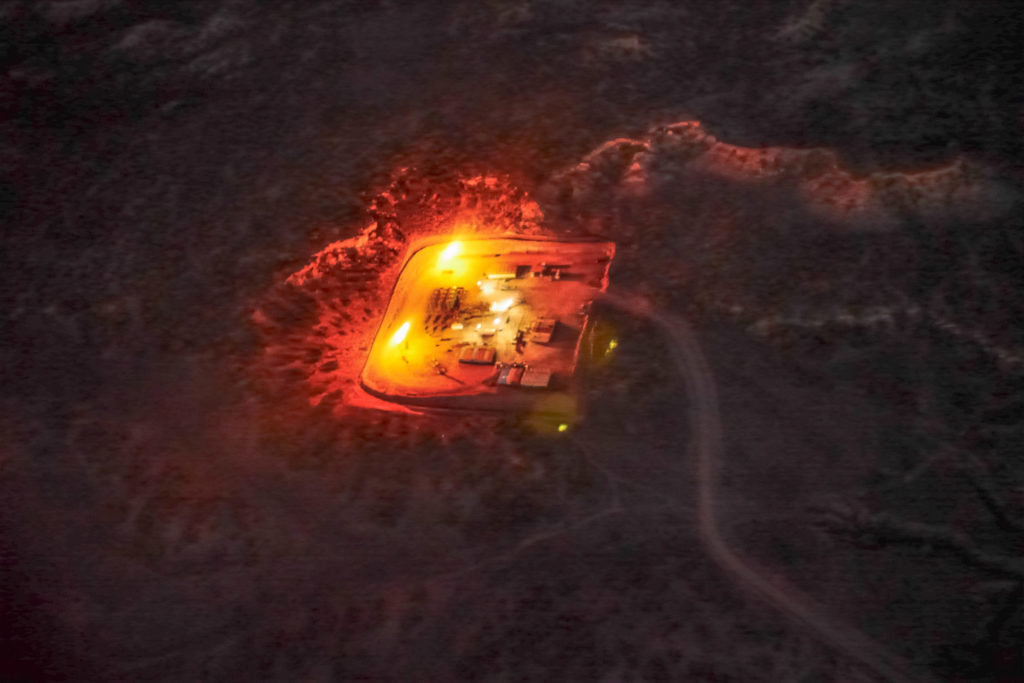Over the years, countless resources within Greater Chaco have been damaged and destroyed by the effects of urbanization, energy development and natural forces. Many great houses have been reduced to rubble through natural weathering and, in some cases, deliberate destruction; and innumerable artifacts have been looted, stolen and lost. A web of dirt roads, well pads, and pipelines associated with energy development now overlays much of Greater Chaco’s ancient road network, and otherwise surrounds many of its important cultural sites. Increasingly, active oil and gas drilling rigs neighbor the homes and schools of local community members in the area.

Among the threats to Greater Chaco, energy development likely poses the most significant risk to the region, the preservation of its landscape values and the health of its local community members. Although much of Greater Chaco has already been leased and developed, the area still contains vast reserves of valuable mineral deposits, and future drilling in the region is virtually certain to continue. New leases could fall within the relatively undeveloped area around Chaco Culture National Historical Park, and new permits could be issued to allow development on existing leases located elsewhere. Flaring from new oil and gas wells could threaten the still-pristine night skies within Chaco Canyon, and could further degrade the air quality in the region.
The threat posed by encroaching energy development is only complicated by the diverse patchwork of federal, tribal, state and private lands within Greater Chaco. For example, the national park, which contains many of Greater Chaco’s most cherished cultural treasures, is surrounded by, and even contains, lands of different ownerships. Similarly, numerous ancient structures and cultural resources outside of the park fall within small, specially-protected islands of federal land that are surrounded by lands under different ownerships or management directives. Countless tribal lands and Indian allotments also adjoin and fall within neighboring federal lands managed by the BLM. Because of the variety of land ownership in Greater Chaco, and its valuable mineral deposits, protecting Greater Chaco will require close coordination between the various landowners and a comprehensive plan to balance energy development with the protection of this fragile, one-of-a-kind landscape.